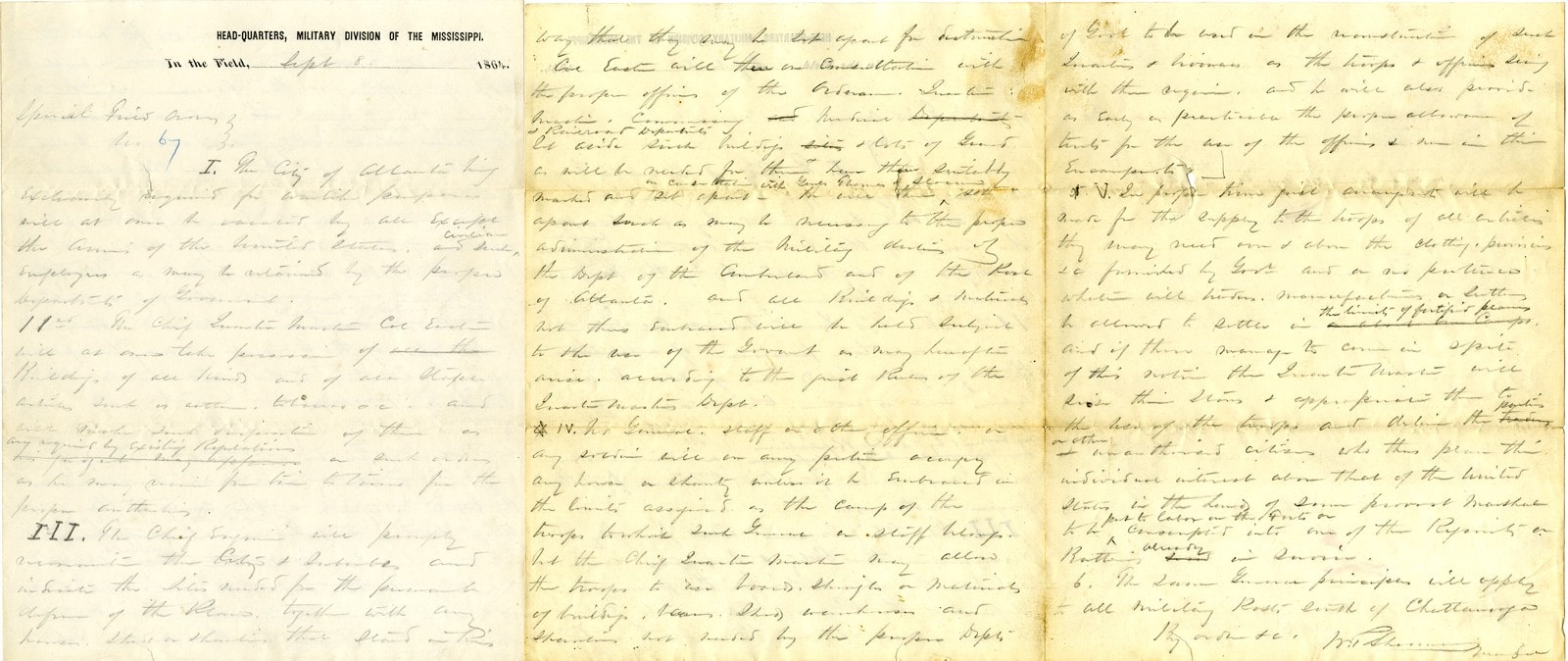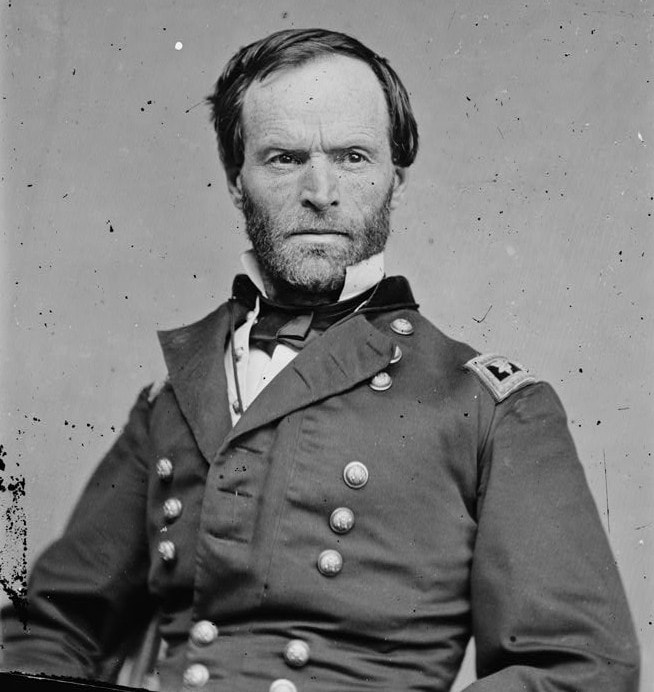Atlanta in 50 Objects
A pink pig and a renegade cow. A movie prop and a Coke bottle. A Pulitzer Prize–winning book and a Nobel Prize–winning icon.
How do you tell the story of Atlanta in 50 objects? We decided the best experts were Atlantans themselves—residents who cheer the Braves and rue I–285 rush-hour traffic, who understand how Civil War losses and Civil Rights victories together helped forge the city’s unique identity. Atlanta History Center asked the public to submit what objects they think best represent their town. The parameters were broad: an object could also be a person, a place, an institution, or an idea. After receiving hundreds of submissions, History Center staff assembled a collection of fifty pieces that represent the themes identified by the public. In addition to items from our own collections, we have partnered with many local institutions and individuals to gather artifacts from around the city to tell this community–driven story.


Sherman and the Civil War
Major General William T. Sherman commanded the Union forces during the Atlanta Campaign.
Though the Ohio-born officer spent much of his early career in the South, he had no sympathy for the Confederate cause. “You people of the South don’t know what you are doing,” he wrote when states seceded.
Following Atlanta’s surrender in September 1864, Sherman turned the city into a military encampment. By virtue of Special Field Order No. 67, he expelled the residents of the city. Following weeks of bombardment and starvation, the families of Atlanta were forced to abandon their homes. Arguing against the command, Mayor James Calhoun wrote to Sherman hoping to overturn the order and the ensuing hardships: “You know the woe, the horror, and the suffering cannot be described by words.”
Sherman’s response: “War is cruelty and you cannot refine it. …”
Before leaving Atlanta on the March to the Sea on November 15, Sherman’s engineers destroyed everything of military value as buildings were demolished and the railroads destroyed. “We have been utterly destroying everything in the city of any use to the armies of the South,” an Indiana soldier wrote.

William T. Sherman, 1864. Kenan Research Center at Atlanta History Center, George N. Barnard, photographer